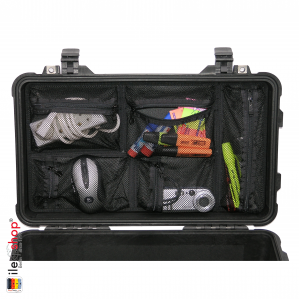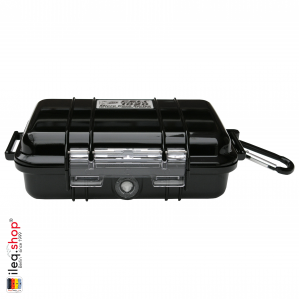The ATEX Directive (94/9/EC) regulates that manufacturers are forced to supply only properly certified electrical equipment to be used in potentially explosive areas. From the workers side there is another ATEX Directive (99/92/EC) that regulates the requirements for improving the safety and health protection of workers potentially at risk from explosive atmospheres. Both Directives are mandatory.

These Directives state that each area needs to be classified according to the potential hazardous risk so that only appropriate certified equipment can be used there. With the old CENELEC (previous Directive), different areas were divided into three classifications: Zone 2, Zone 1, and Zone 0 depending on the level of risk. With the ATEX Directive, every Zone is associated to a Category, and every electrical equipment is classified according to these categories, certifying in which areas it can be safely used.
Is my torch correctly certified according to ATEX?
To meet the exacting requirements of ATEX directive 94/9/EC, Peli Lights are tested to ensure that they pose no threat of ignition when operating within hazardous locations. Using approved laboratories, the lights are tested to ensure that they will withstand rigorous impact and drop tests, severe environmental exposure and meet a minimum of IP54 solid and liquid particles ingress protection. Longevity and safety are assured by design.
Each light certified by ATEX should have a code printed on its body. This code advises the user as to the area in which it can be safely used without risk of explosion.
An example:
  |
II 1 G EEx ia IIC T6 Tamb- 40º C to + 60ºC |
|
 |
CE means CE mark permitted by the European Committee for the Electrotechnical Standardization |
 |
Ex inside the Hexagon means “Protection against the Explosions” |
| II |
II means Group II equipment = Not for use in Mines |
| 1 |
1 means ATEX Category 1 (Old: Zone 0) |
| G |
G means tested for Gases and Vapours |
| EEx |
EEx means equipment tested under the latest European Harmonised Standard for use in Explosive atmospheres |
| ia |
ia means intrinsic Safety ‘i’ |
| IIC |
Gas Grouping (Acetylene & Hydrogen) |
| T6 |
T (1, 2, 3, 4, 5, 6) is the equipment classification by its surface maximum temperature: T1=450ºC T2=300ºC T3=200ºC T4=135ºC T5=100ºC T6=85ºC |
| Tamb |
Ambient temperature range in service (Standard between -20 & +40º C not needed to show) |
|
|














